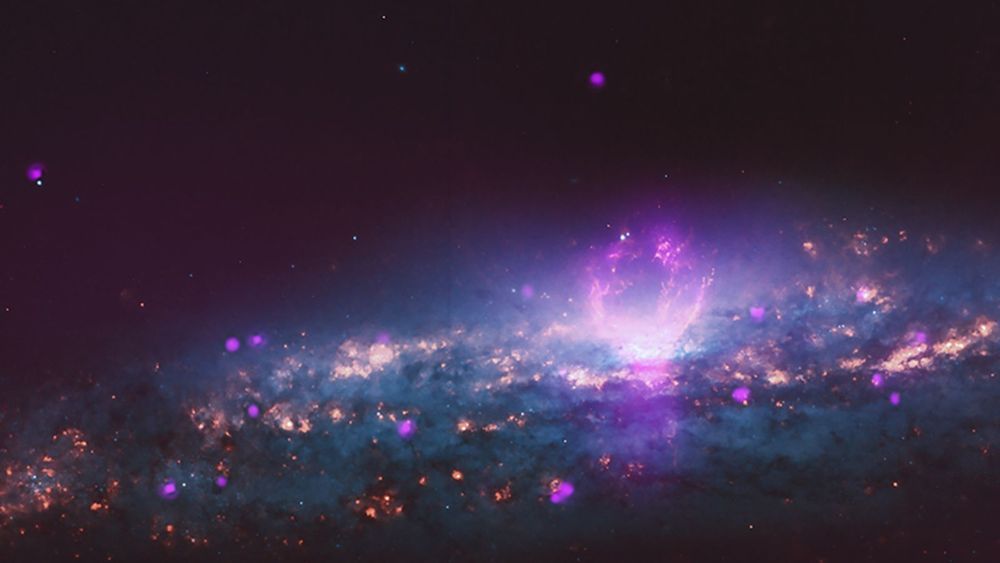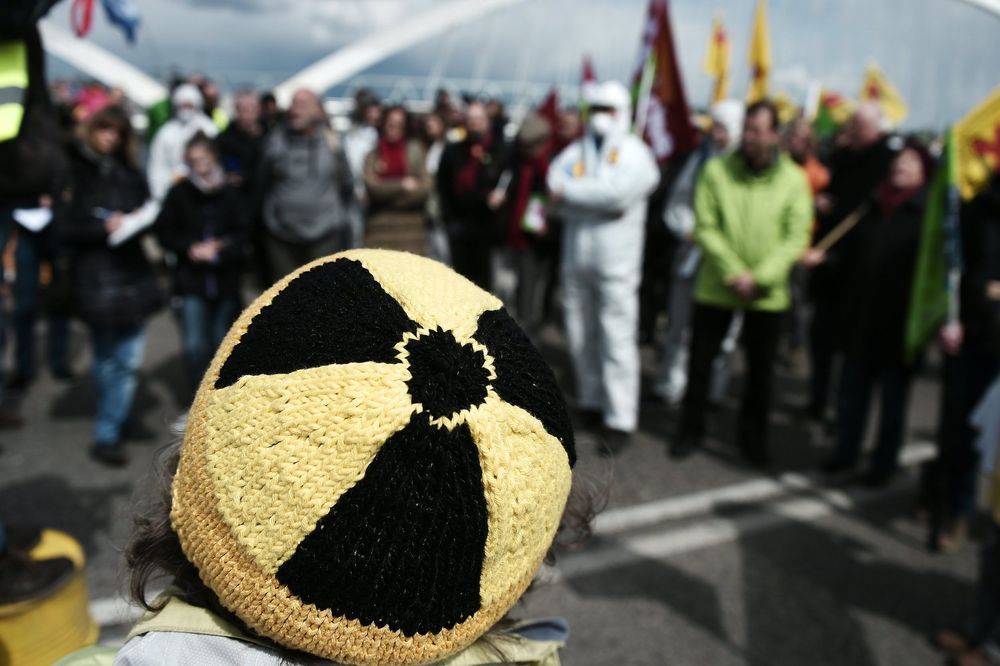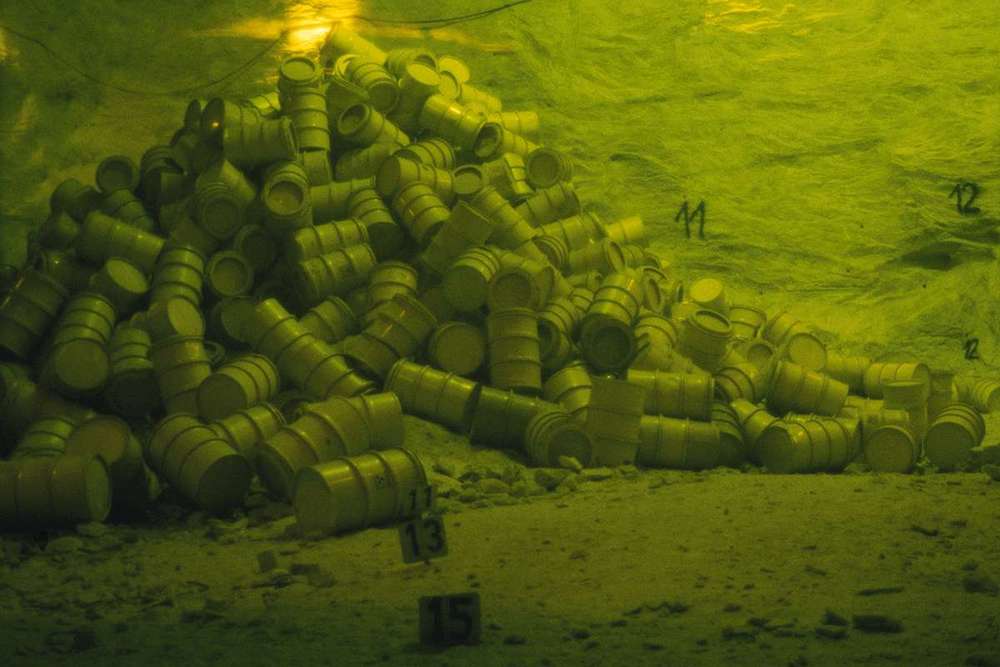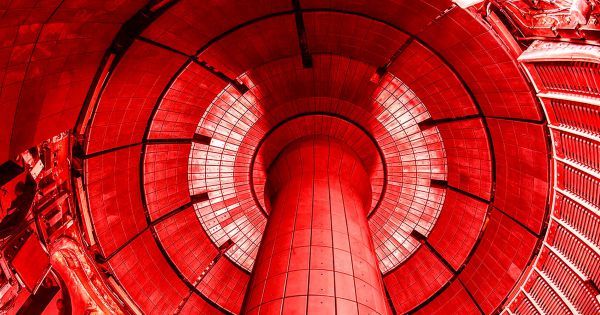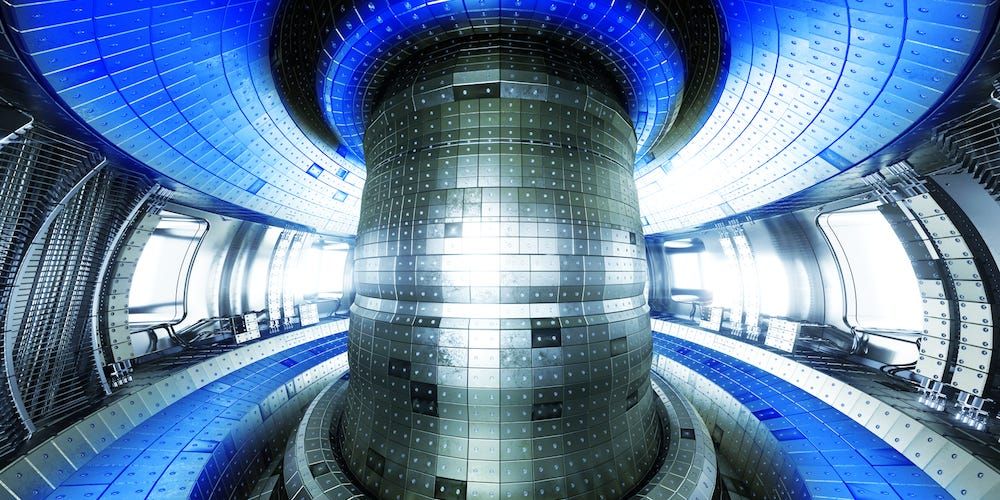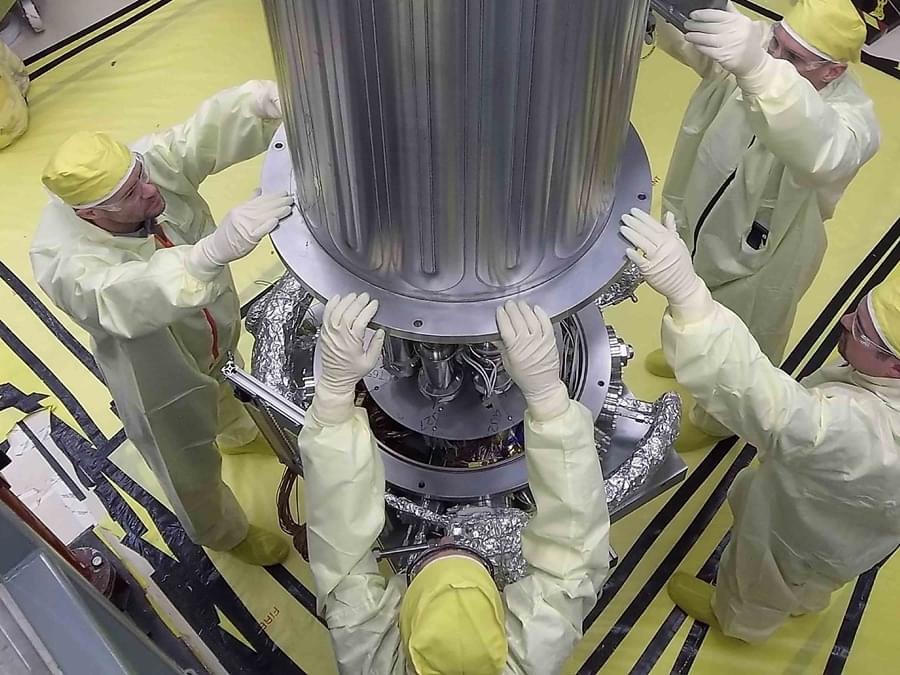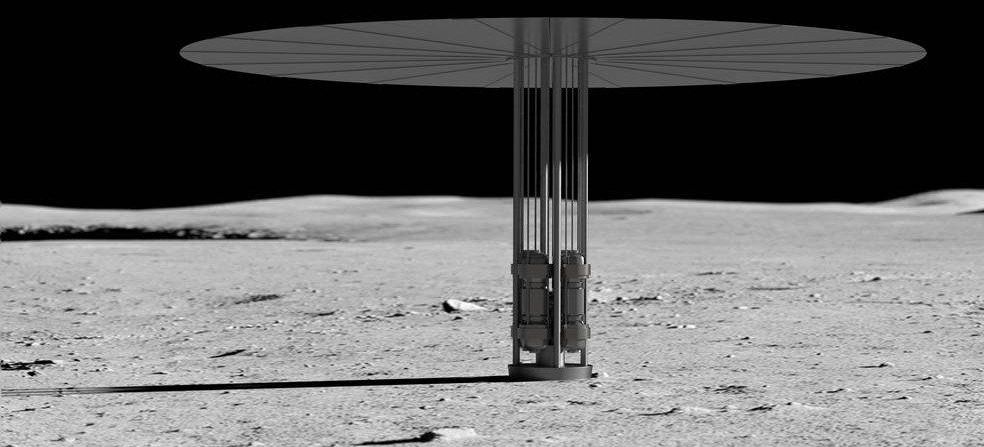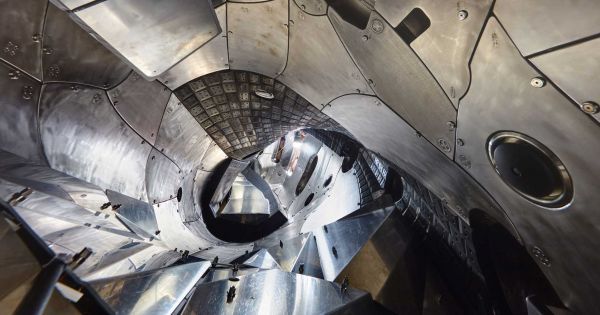Archive for the ‘nuclear energy’ category: Page 113
Mar 1, 2019
Check Out This Incredible X-Ray ‘Superbubble’ That’s Nearly 5,000 Light-Years Wide
Posted by Genevieve Klien in categories: cosmology, nuclear energy
This incredible image shows a pair of “nuclear superbubbles,” one over 4,900 light-years across and the other over 3,500 light-years. They’re emanating from the center of the galaxy NGC 3079, likely the result of a central black hole consuming matter and spewing it back out.
Or, the superbubbles could be from a starburst, a faster-than-usual stellar birth. The bubble-like shape could come from shock waves and compression within the cooler gas. But there’s still an element of mystery here, as the smaller bubble seems to be emanating synchrotron emission, or high-energy x-rays from spiraling electrons, while the larger bubble isn’t.
Feb 21, 2019
VASIMR plasma engine: Earth to Mars in 39 days?
Posted by Quinn Sena in categories: nuclear energy, space travel
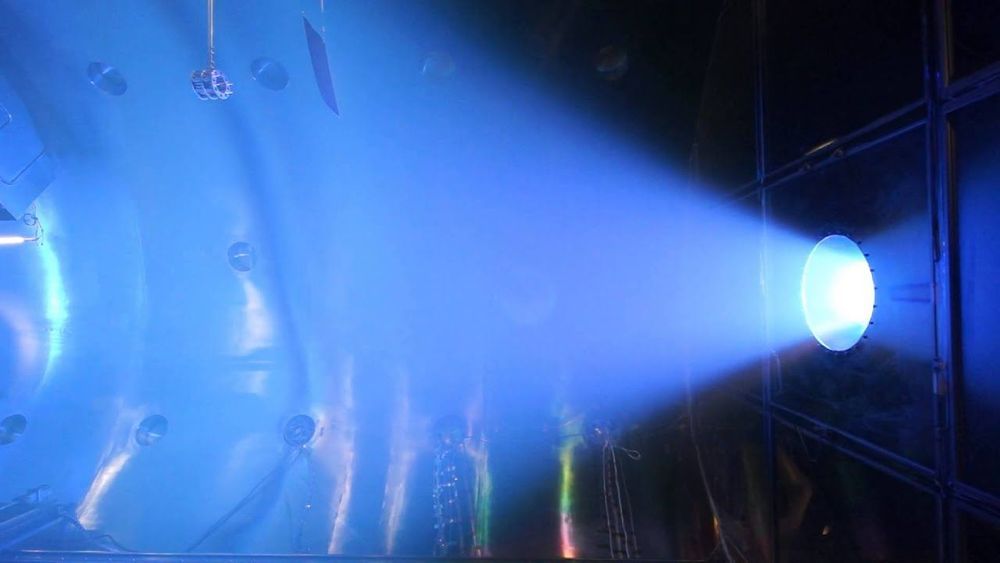
Circa 2017
“We’re likely to find hydrogen pretty much anywhere we go in the Solar System,” he said.
Continue reading “VASIMR plasma engine: Earth to Mars in 39 days?” »
Feb 20, 2019
Tennessee Teen Builds Working Nuclear Fusion Reactor at Home
Posted by Genevieve Klien in category: nuclear energy
A Tennessee teen has become the youngest person in America—and possibly the world—to build a working nuclear reactor and achieve fusion.
Jackson Oswalt, now 14, set out on the ambitious project when he was just 12, according to USA Today, and achieved nuclear fusion in his Memphis home just hours before he turned 13 on Jan. 19, 2018.
“A couple of years back, all I did was play video games,” he told the news outlet. “And I decided I didn’t want to spend all my life doing video games.”
Continue reading “Tennessee Teen Builds Working Nuclear Fusion Reactor at Home” »
Feb 18, 2019
Radiation-eating bacteria could make nuclear waste safer
Posted by Quinn Sena in categories: biological, food, nuclear energy
Circa 2017
Microbes can thrive on radioactive waste products and make them less likely to leak out of underground respositories.
Feb 18, 2019
Experts: United States Should Build a Prototype Fusion Power Plant
Posted by Quinn Sena in categories: biotech/medical, engineering, nuclear energy
The United States should devote substantially more resources to nuclear fusion research and build an ambitious prototype fusion power plant, according to a new report.
The report is the work of the National Academies of Sciences, Engineering, and Medicine. Its conclusion: it’s more important than ever for the U.S. and the world to explore roads to practical fusion power.
Feb 16, 2019
China made an artificial star that’s 6 times as hot as the sun, and it could be the future of energy
Posted by Quinn Sena in categories: nuclear energy, particle physics, solar power, sustainability
Imagine if we could replace fossil fuels with our very own stars. And no, we’re not talking about solar power: We’re talking nuclear fusion. And recent research is helping us get there. Meet the Experimental Advanced Superconducting Tokamak, or EAST.
EAST is a fusion reactor based in Hefei, China. And it can now reach temperatures more than six times as hot as the sun. Let’s take a look at what’s happening inside. Fusion occurs when two lightweight atoms combine into a single, larger one, releasing energy in the process. It sounds simple enough, but it’s not easy to pull off. Because those two atoms share a positive charge. And just like two opposing magnets, those positive atoms repel each other.
Stars, like our sun, have a great way of overcoming this repulsion … their massive size, which creates a tremendous amount of pressure in their cores … So the atoms are forced closer together making them more likely to collide. There’s just one problem: We don’t have the technology to recreate that kind of pressure on Earth.
Feb 13, 2019
NASA’s New Nuclear Reactor Could Change Space Exploration
Posted by Quinn Sena in categories: nuclear energy, space travel
NASA and engineers from the Department of Energy are developing small nuclear reactors that could power spacecraft and space colonies.
Feb 8, 2019
We need more powerful nuclear engines to explore farther and faster into space
Posted by Klaus Baldauf in categories: nuclear energy, space travel
Nuclear power has powered rockets for decades, but reaching deep space will require a big leap.

